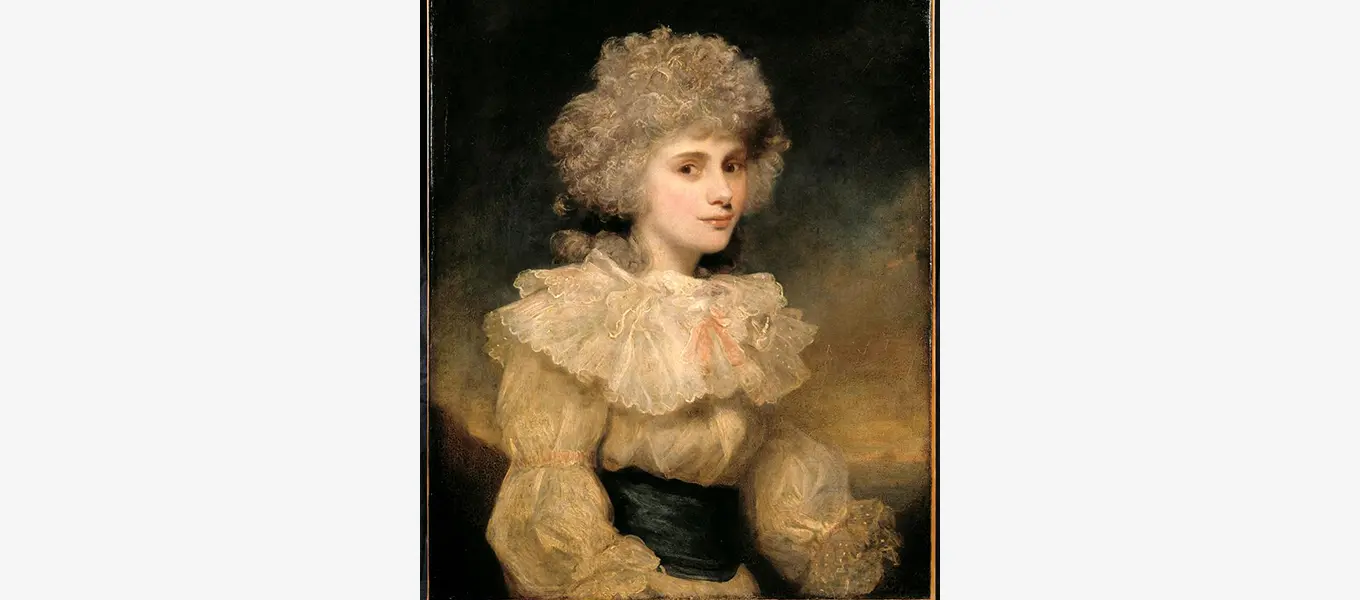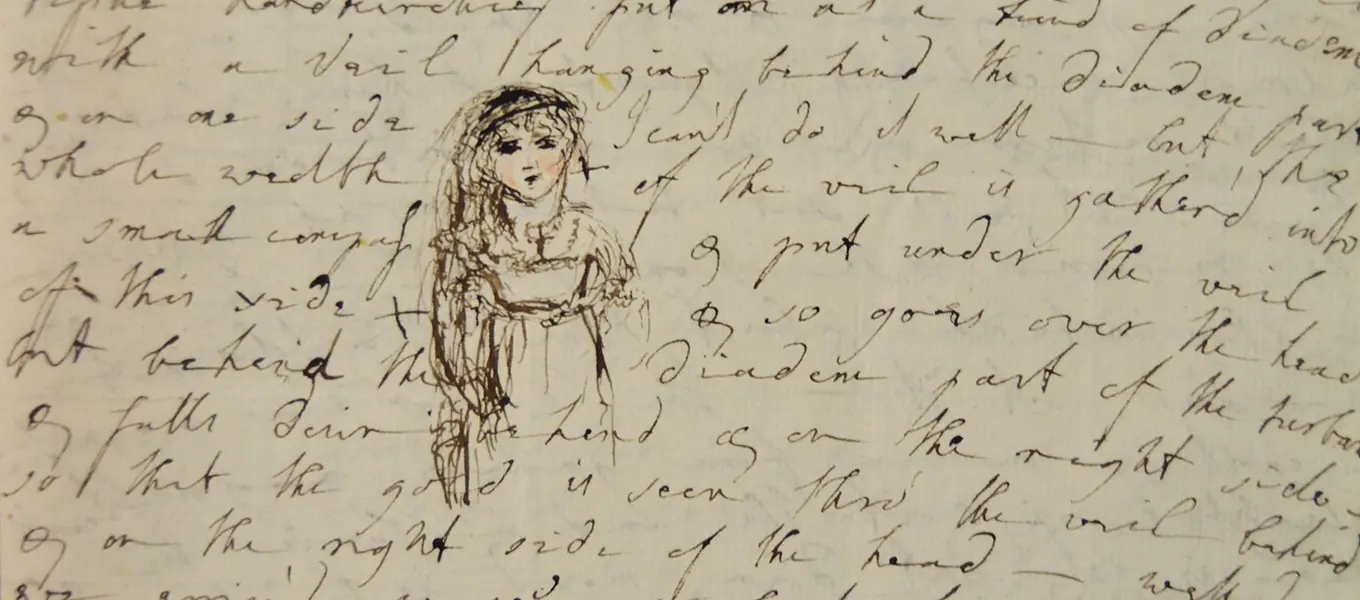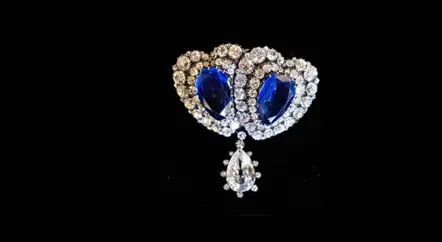Often cast in the shadow of her close friend Georgiana, Duchess of Devonshire (1757-1806), Lady Elizabeth Foster (1757-1824) is an intriguing character in her own right. She grew up in relative poverty before her unsuccessful marriage to John Thomas Foster, from 1776 to 1780, resulting in two children she would not be reunited with until his death in 1796. 1782 was the year Lady Elizabeth met the Devonshires in Bath and the formation of their infamous ménage à trois led to two illegitimate children. She eventually entered marriage with the 5th Duke of Devonshire in 1809, after the death of his wife, Georgiana, in 1806, ending with his own death in 1811. After a spell in London, Rome became Lady Elizabeth’s final, beloved home.

This period of scandal has been visited by numerous eighteenth-century historians and filmmakers alike, but Lady Elizabeth’s both vibrant and dispirited travel on the Continent, without the Devonshires by her side, provides fertile ground for exploration. She travelled from Paris to Venice and beyond, not necessarily in a quest for cultural enlightenment, but often to navigate her reputation. From December 1782 to around July 1784, she travelled to Europe as a governess, mostly likely to dispel rumours at home. After becoming pregnant in December 1784 and already having travelled to France on account of her health, Lady Elizabeth fled to Italy to give birth in secret and returned in July 1786, visiting France two years later to conceal another birth. Partly disappointed by another lover’s failure to propose, she travelled to Paris in October 1802 with two of her children, returning to England in 1803.
Not only are the more intricate reasons for Lady Elizabeth’s travel interesting, but the correspondence with Georgiana is most illuminating where her multifaceted identity, mental wellbeing and almost familial relationship with the Devonshires are concerned. Letter-writing acted as a proxy to bridge the physical space between them. Lady Elizabeth’s command of the pen invited Georgiana to travel with her and share in foreign fashions and surroundings.
In January 1784, Lady Elizabeth recounted to Georgiana that she had been carried up Vesuvius ‘& almost all the way down – the crater was full of smoke, but scarcely a flame perceptible; the noise was considerable like bursting cannons & boiling water’, adding that the height was ‘very great, & the country & harbour extended like a map’. By comparing her poetic observations to something more familiar – ‘cannons & boiling water’ and ‘a map’ – Lady Elizabeth created a linguistic passage into this dramatic and distant setting. In June 1786, she again documented her experiences to Georgiana, vividly detailing her arrival into Venice where they turned ‘from one canal into another instead of driving from one street into another’ greeted by ‘so fine & awfull a scene’ during an electrifying storm of thunder and lightning. Lady Elizabeth’s rousing narratives about her travels abroad could transport Georgiana to the ‘black & gloomy’ Adriatic from the comfort of her armchair.

Lady Elizabeth’s descriptions also extended to her clothing in letters to her ever-fashionable friend. In December 1802, Lady Elizabeth noted from Paris how she ‘dressed in a hurry for Mons Talleyrand – a black velvet gown… on my head a gold tissue handkerchief put on as a kind of diadem with a vail hanging behind the diadem part & on one side’. She demonstrated the versatility of the letter as a form of communication by even including a sketch of this creation nestled within her writing to aid the recipient’s understanding. It was indicative of the fashionable and elite world in which they both existed and shared.
Travel and letter-writing were intertwined with Lady Elizabeth’s complex life and by applying this lens, rather than stopping at the traditional narrative of the ménage à trois, her correspondence has shown her capable of painting lively pictures without a canvas.
Lucy Inskip
University of Oxford graduate (BA History)
Thesis on 18th-century elite female travel






